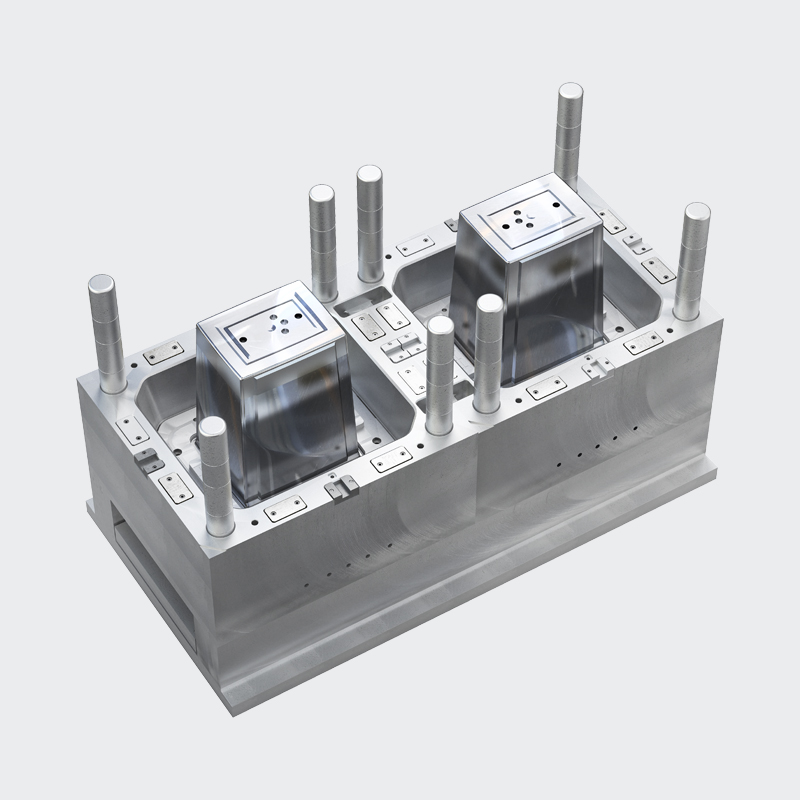Basic requirements for die-casting mold design. 1) The […]
Basic requirements for die-casting mold design.
1) The mold structure should be adapted to the forming characteristics of the die-casting alloy material. When designing a mold, fully understanding the forming characteristics of the die-casting material used and trying to meet the requirements is one of the key measures to obtain high-quality die-casting parts.
2) The mold structure should match the molding equipment.
The die-casting mold must be installed on the corresponding die-casting machine for production. Whether the selection of the forming equipment is reasonable directly affects the quality of the mold structure design. Therefore, when designing the mold, the relevant technical parameters of the selected die-casting machine must be comprehensive. understand in order to meet the matching relationship between each other.

3) Standardized parts are used to shorten the design and manufacturing cycle and reduce costs
The manufacture of mold structural parts and molded parts is a single-piece or small-batch production, involving many processes, so the cycle is long, the use of standardized parts can effectively reduce the design and manufacturing workload, shorten the production preparation time and reduce the mold manufacturing cost.
4) Reasonable structure optimization, reliable quality and convenient operation
When designing a die-casting mold, try to optimize the structure of the mold to be reasonable, reliable in quality, and easy to operate, especially for those more complex forming parts, in addition to correctly determining its shape, size and quality requirements, the adaptability of the processing method should also be comprehensively considered. , feasibility and economy.
5) Be good at using technical data and reasonably select empirical design data
Die-casting mold design is a complex and meticulous labor. From the analysis of the overall plan to the completion of all technical designs, it often needs to be gradually improved through processes such as calculation, drawing and modification. To this end, it is necessary to be good at mastering and using various technical materials and design manuals, reasonably select existing design data from experience, and design creatively to speed up the design progress and improve the design quality. In the design process, the issues considered and the calculation process should be fully recorded, so as to facilitate inspection, verification, modification and arrangement. Due to the wide variety of die-casting parts, the structural characteristics and requirements of the mold are also different, and the design process of the die-casting mold will vary depending on the technical proficiency and habits of the designers.